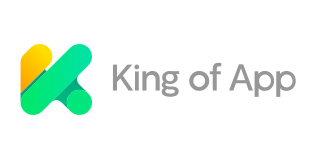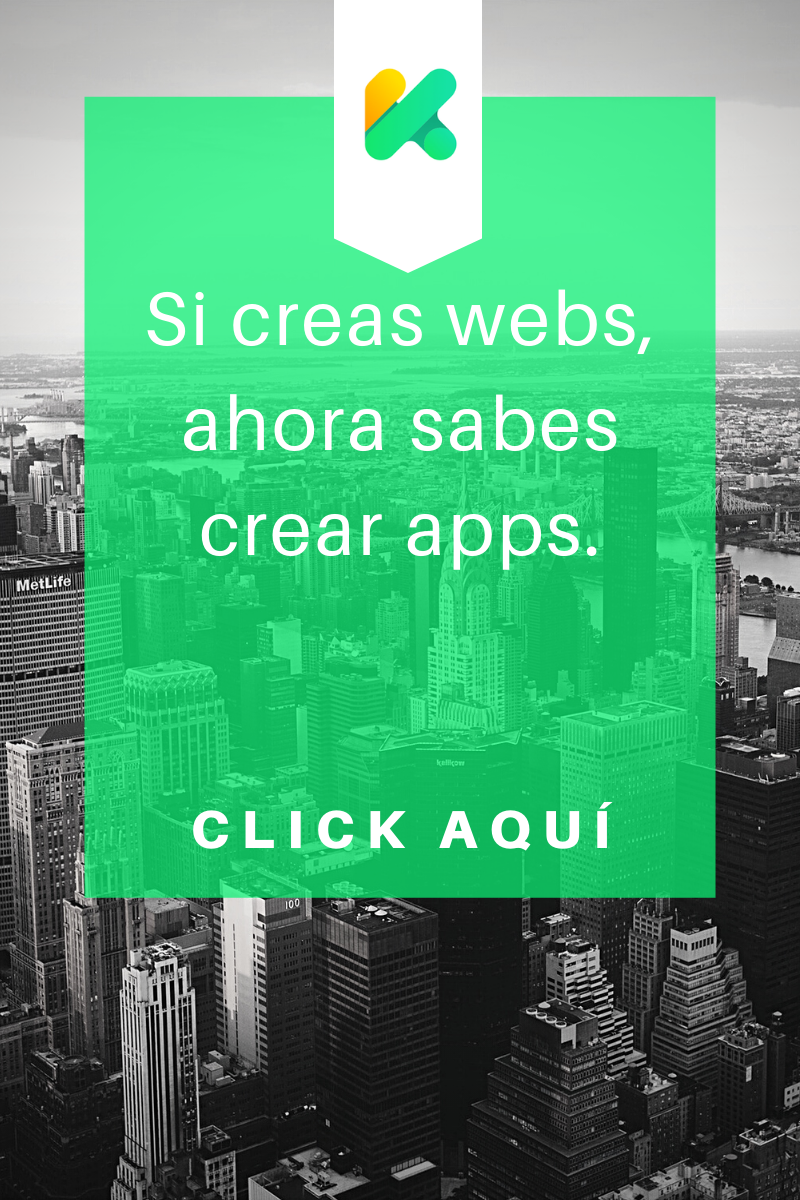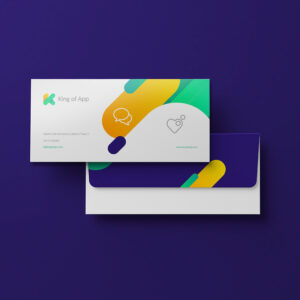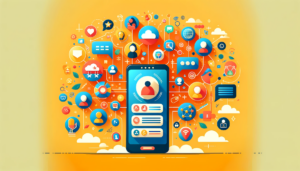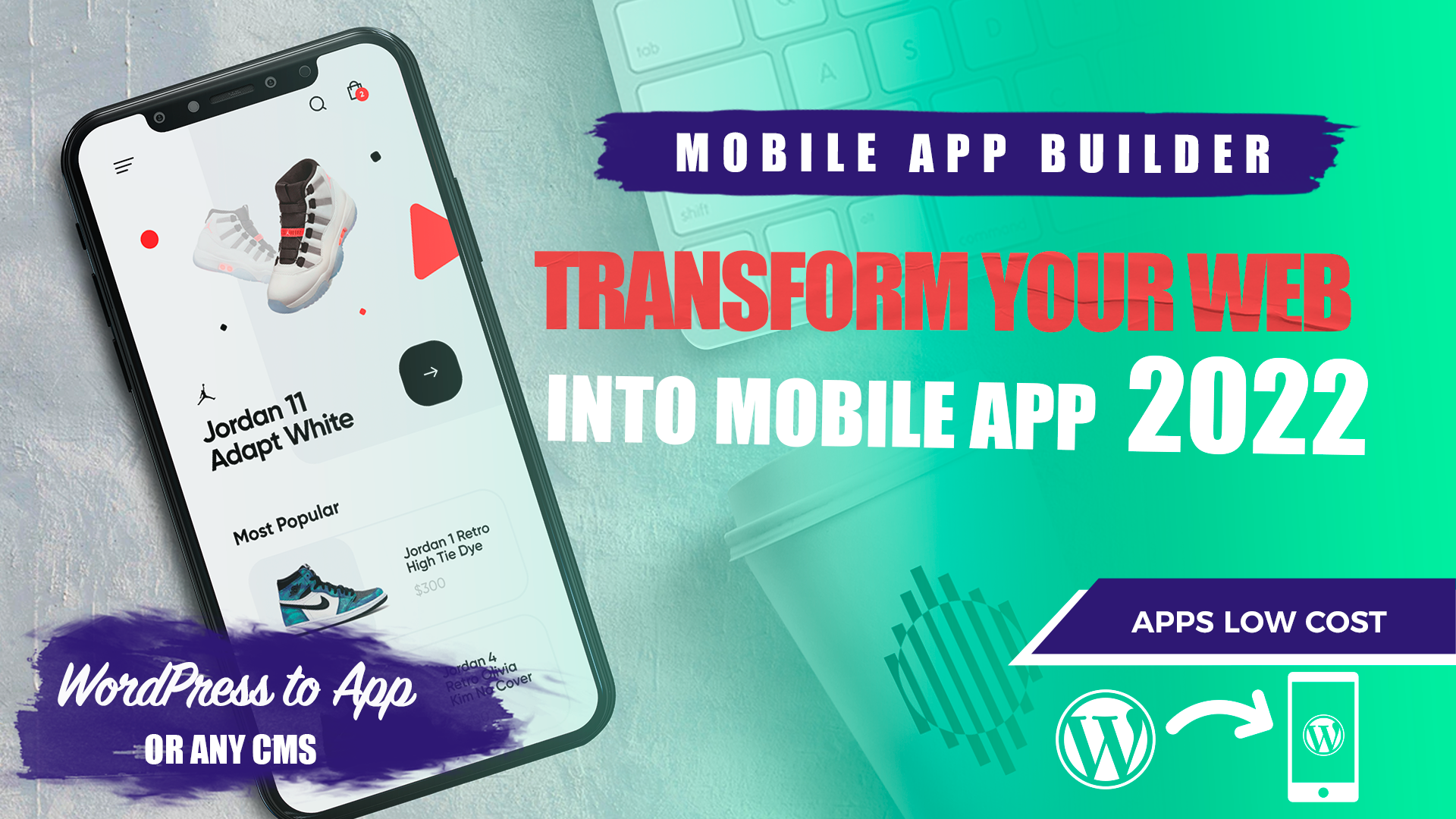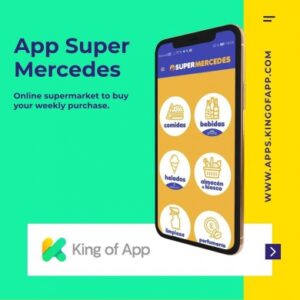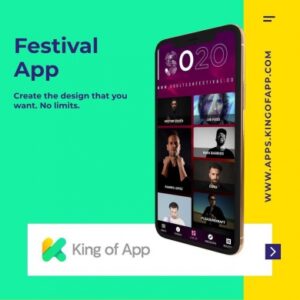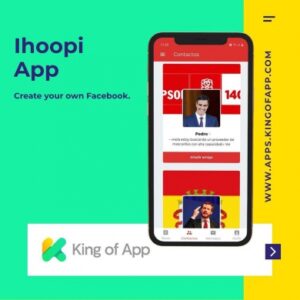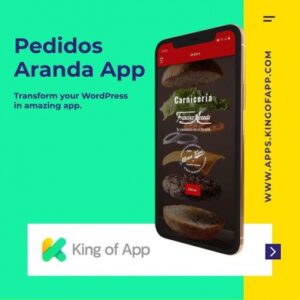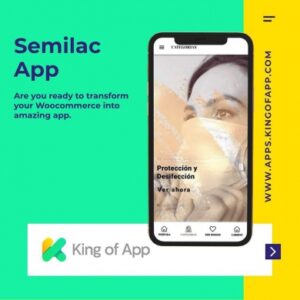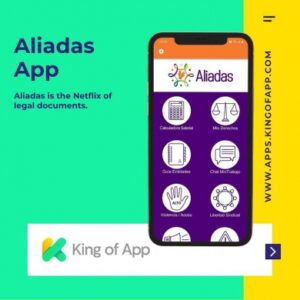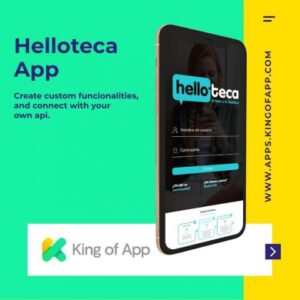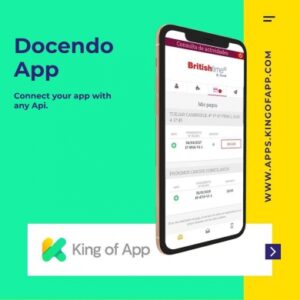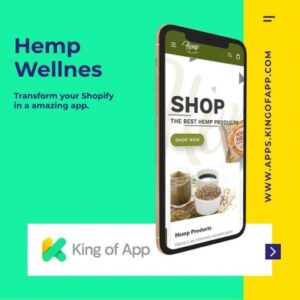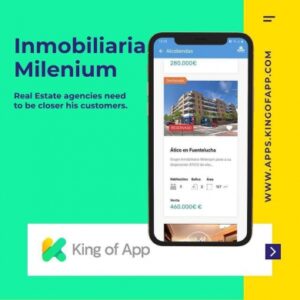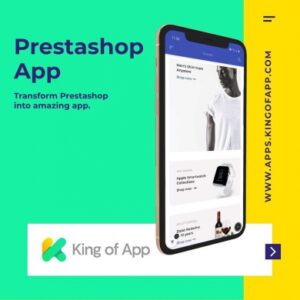There are many free apps available for both Android and Apple’s iOS system. While most of these apps are free, many apps are sold for a fee – according to a report from eMarketer, 80.1 million US consumers payed for mobile apps in 2015, representing only 33.3% of all app users. But who is the audience that makes these purchases?
Which app users are most likely to purchase an application?
According with John B. Dinsmore, assistant professor of marketing at Wright State University the most likely types of person to buy an app or make in-app purchases are the impulsive people, followed by extroverted people and ostentatious users.
Dinsmore says that “younger smartphone users tend to make more in-app purchases, which he relates to the tendency to be more impulsive at younger ages.”
Incredibly the next on the list are the bargain-prone. The logic of these app consumers is the following: seeking to reduce pain points in order to quickly get satisfaction. In practice, this means that for example, in a freemium version they know that it is worth to pay for extra tools since they will get extra benefit or paying to remove the ads will offer a better experience.
What type of app users are less likely to make application purchases?
The least likely category to buy apps or shop at the store are the conscious people.
“Typically, the more conscientiously you are, the less likely you are to do this kind of shopping,” Dinsmore says. These types of people are more attached to achieving goals and if that means not spending on “unnecessary” purchases, such as removing ads, they will not.
New opportunities for app developers
With this data, we can draw some conclusions. As over 60 percent of app developers generate less than $ 500 a month from their apps, according to Vision Mobile, there are some points that developers could focus on to increase their profit:
-
Target a specific app user
First you must focus on your target audience, if you create a app based on their needs you will be able to create a app that they will love. Starting from this premise you will gather all the necessary data to develop a good marketing plan and consequently create a successful app.
A big mistake is to develop a useful or cool app, that no one actually needs it, hoping that some people find it useful.
By getting to know your target audience better, you will be able to determine the business model of your app, whether it is paid, free or freemium.
-
Create more attractive apps for your users
As reflected in the studies the people who are most likely to buy are the outgoing people or those who are looking for the latest or best trends. You should always be at the forefront, from the design of your app to its functionality.
-
Include more social functions
Social engagement might lead to users making purchases as well. Gamefication could be the option, you can launch features or competition games that allow users to pay for extra features or shortcuts.
If the application does not have its own social pages, the company that developed it should. These pages can be used to build a community and inform them of new updates and functions. If you do not use these channels you will missing out the opportunity to communicate your product or service which results in fewer opportunities to make money.
-
Think marketing
People are discovering apps from a variety of different channels using their smartphones. You should not miss out on any opportunity to be found in the digital world.
Search engines are the main source for finding new apps. An example scenario could be a business traveler who must go urgently to New York and needs a place to stay. He will search for “hotels in New York” in Google and find an app that gathers all available hotel rooms and prices for last minute vacancies. As our traveler is always on the road, he decides to download the app to help him decide where to stay. That would be a great opportunity to be found in search engines!
Remarketing campaigns can help users remember the benefits of your app and make them use it more often. Imagine your user is about to participate in a marathon and needs a new pair of sneakers. He searches for “running shoes” and as he has already installed your sports store app, an engagement ad (by the search system and the display network), will remind him that he can make the purchase and you could offer him a discount on running shoes.
Other marketing efforts can also be used in these cases.
- 30% of users say they would re-download an app if they offered a discount.
- Roughly 25% say they would come back if they received some kind of exclusive material.
Always take advantage of all marketing tools!
